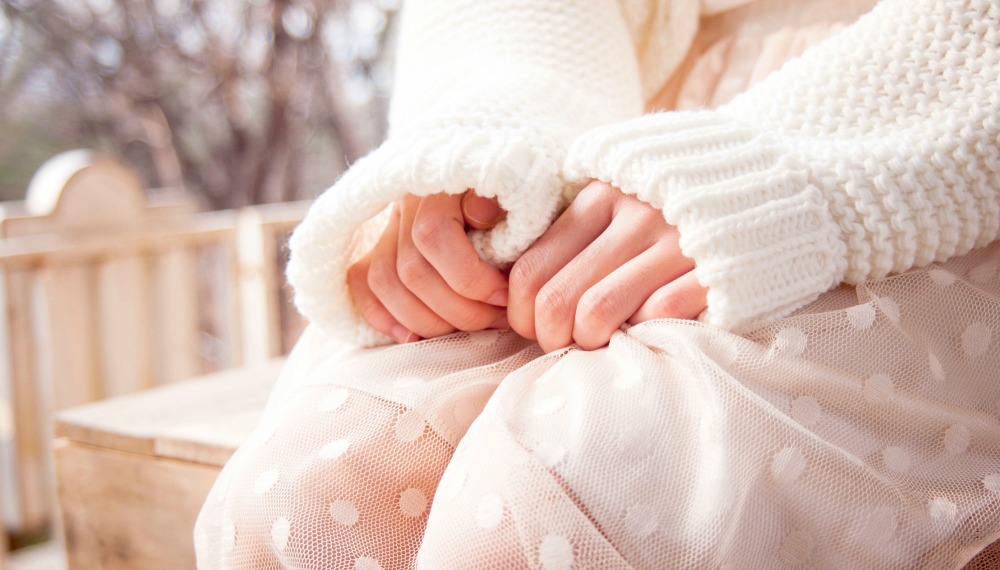Trichotillomania is a chronic, recurrent compulsion to pull one’s hair that results in physical as well as mental and emotional pain.
Trichotillomania is a disorder that affects 1-2% of the population, a majority of them female. Symptoms usually start in adolescence following puberty. The main feature is the recurrent compulsion to pull out one’s hair. Hair is pulled from any area of the body, the most common being scalp, eyebrows, and eyelids. Episodes of hair pulling vary over time and can be cyclical, but a person will spend a considerable amount of time doing it, sometimes several hours per day.
Another key symptom is recurring attempts to stop or decrease hair-pulling behaviors.
Also, the behavior causes significant distress in a person’s life. This distress causes dysfunction at school, work, or in social settings are other areas of functioning. Finally, the compulsion to pull hair cannot be explained by another medical problem or another mental health problem.
There are many reasons to pull hair. In some cases, hair pulling gives an emotional release, a way to focus on a different type of pain, or a way of soothing. For some, pulling hair leads to gratification or pleasure. Not all who pull hair do so consciously. While some pull hair with full awareness, there are others who do it without noticing what is happening.
Compulsive hair pulling is a stressful disorder often hid from family and friends. A cycle of negative emotions goes with the behavior including guilt, shame, and embarrassment. Many people who suffer from compulsive hair pulling prefer isolation, withdrawing from social interaction for fear of judgment. A person is left to deal with the disorder alone, internalizing negative emotions and often struggling with depression and anxiety. Not only do those feelings spark anxiety, but anxiety can worsen hair pulling activity.
Many people who struggle with trichotillomania, or compulsive hair pulling, associate hair pulling with anxiety. One study found that out of 894 people struggling with trichotillomania, 84% of them said anxiety was associated with it. Others report that hair pulling gets worse when anxiety increases.
In addition to the mental and emotional distress of the disorder, there are physical health risks as well. Pulling hair out at the roots on the scalp can result in permanent damage. People who suffer from trichotillomania often have spots where hair no longer grows or the hair that grows is not healthy. Scabs and infections can develop on the scalp resulting in severe discomfort or disfigurement. If eyelashes are pulled, it can result in a condition called blepharitis, inflammation of the eyelids. Pulled hair that is swallowed can cause digestive problems.
Trichotillomania is a chronic, compulsive disorder that if left untreated can cause significant distress and pain. The good news is treatment is available. Therapists who specialize in treating body-focused repetitive disorders use a variety of evidence-based treatments to help clients manage symptoms and address any co-occurring issues like anxiety or depression that exacerbate hair pulling. There are many people who find hope and manage symptoms with treatment and a supportive community.
About the Author: Trudi Griffin
 Trudi Griffin is a NCC Licensed Professional Counselor putting her clinical knowledge, experience, and passion for research to write about mental health for publications such as www.trichtop.com. She earned a Master of Science degree in Clinical Mental Health Counseling: Addictions and Mental Health from Marquette University (Milwaukee, WI), and is a double graduate of the University of Wisconsin Green Bay with Bachelor’s degrees in Communications and Psychology.
Trudi Griffin is a NCC Licensed Professional Counselor putting her clinical knowledge, experience, and passion for research to write about mental health for publications such as www.trichtop.com. She earned a Master of Science degree in Clinical Mental Health Counseling: Addictions and Mental Health from Marquette University (Milwaukee, WI), and is a double graduate of the University of Wisconsin Green Bay with Bachelor’s degrees in Communications and Psychology.



Leave a Reply